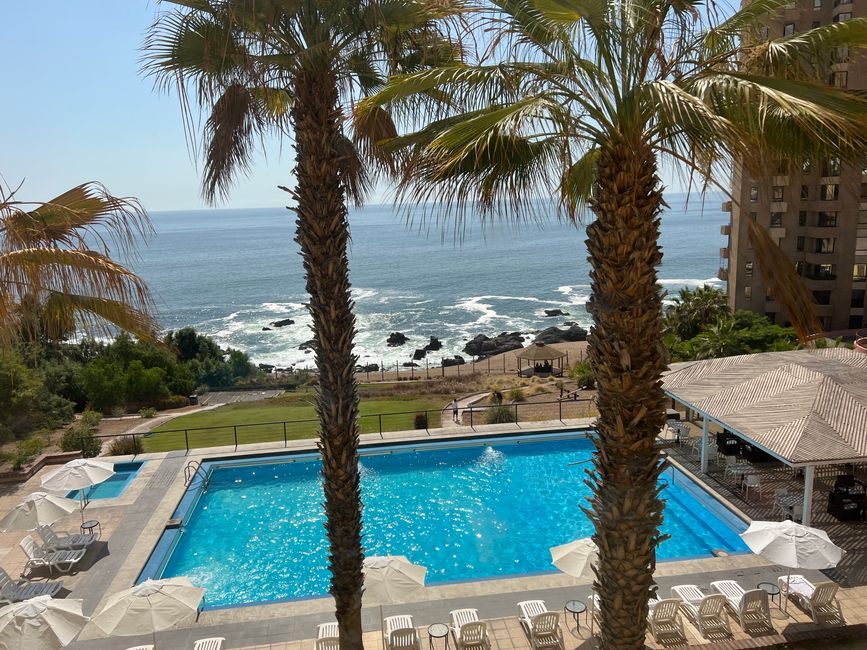Salar de Atacama, Lagoons 01/30/2023
Publikuar: 01.02.2023
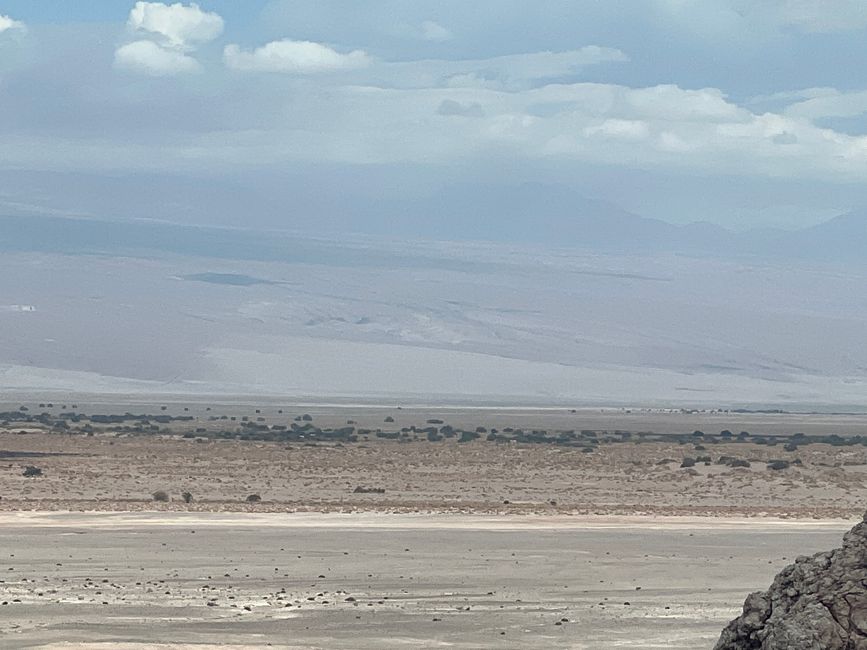
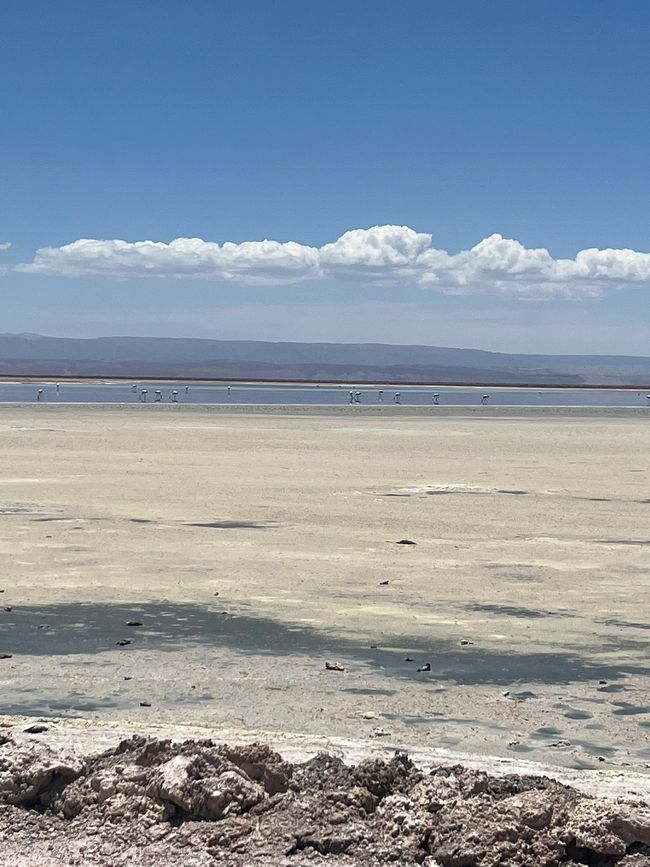
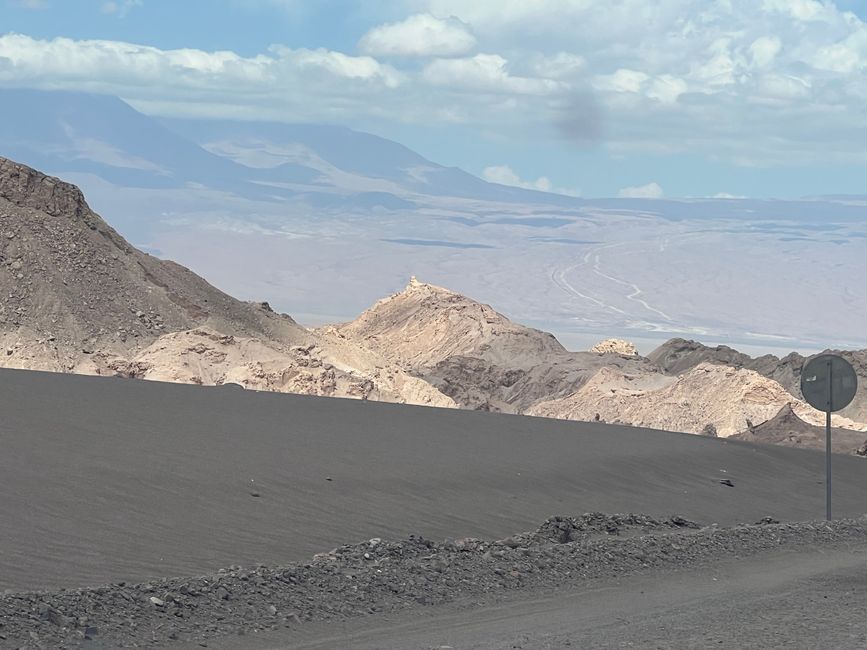
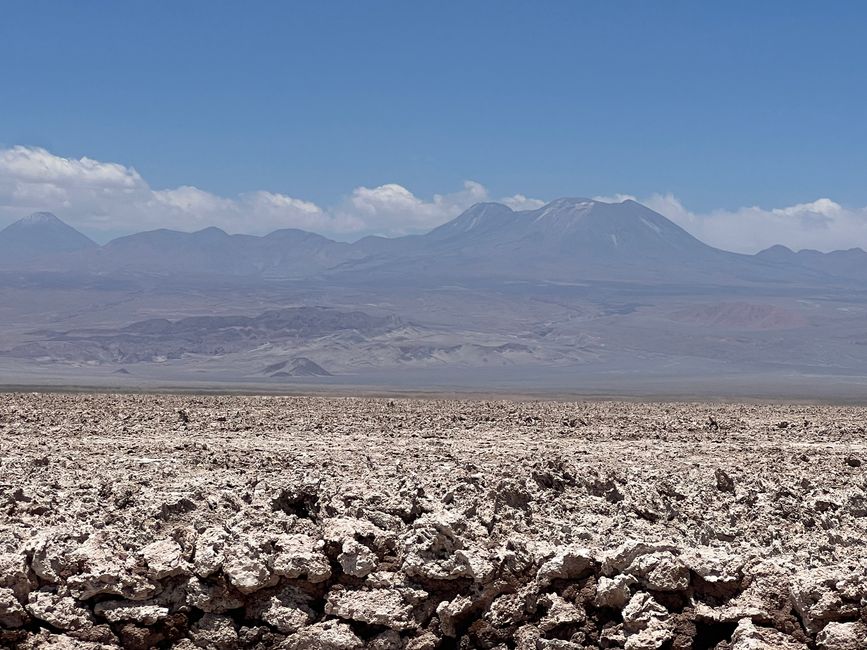
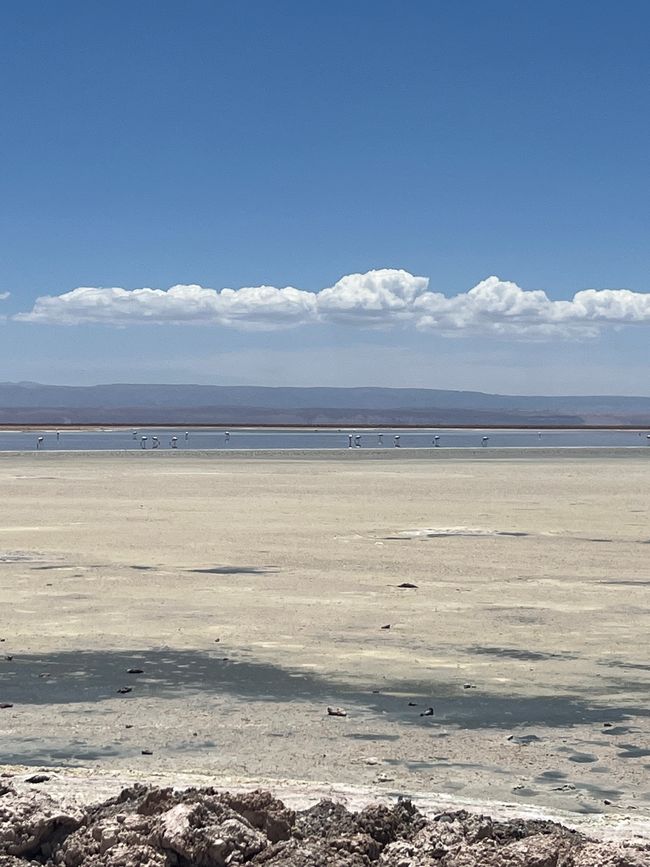
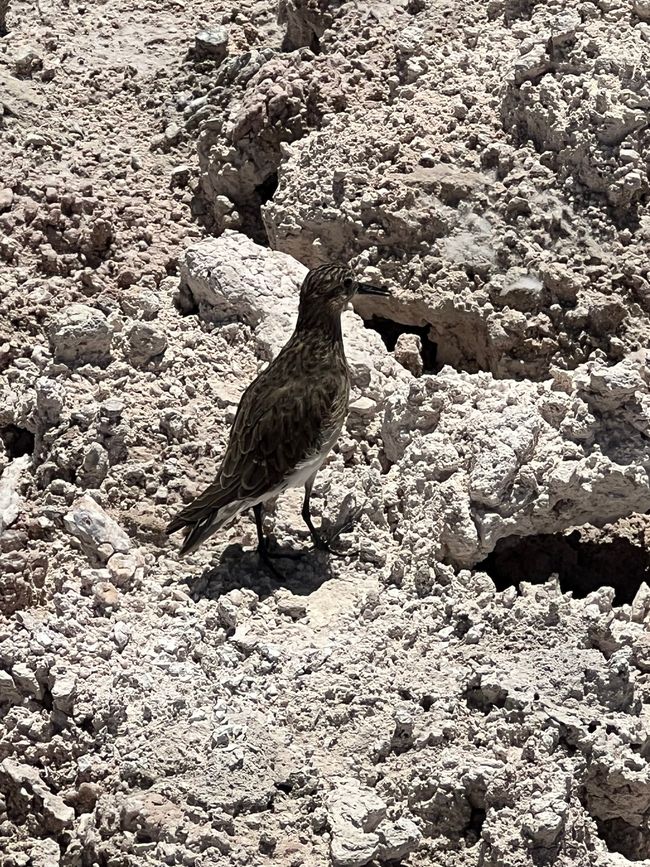
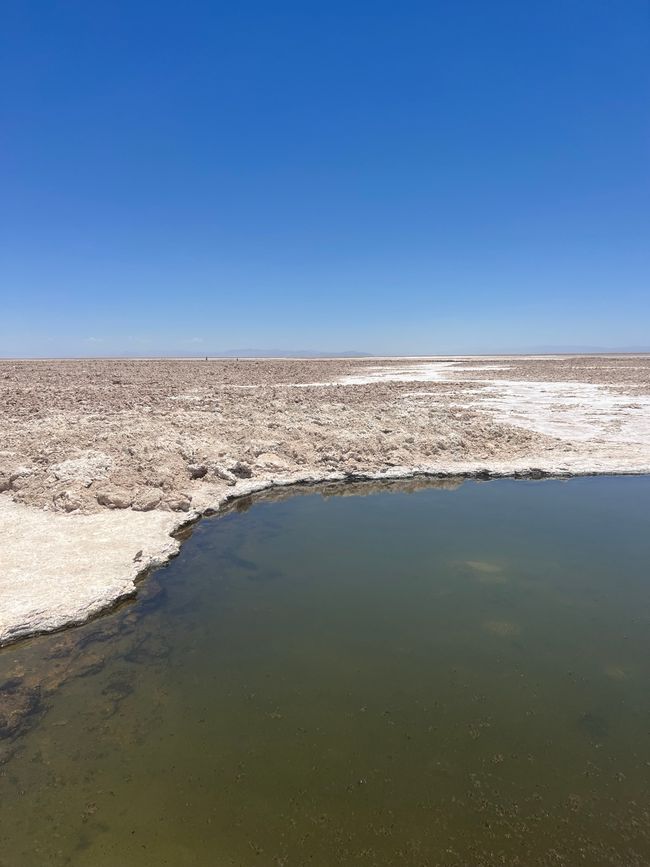


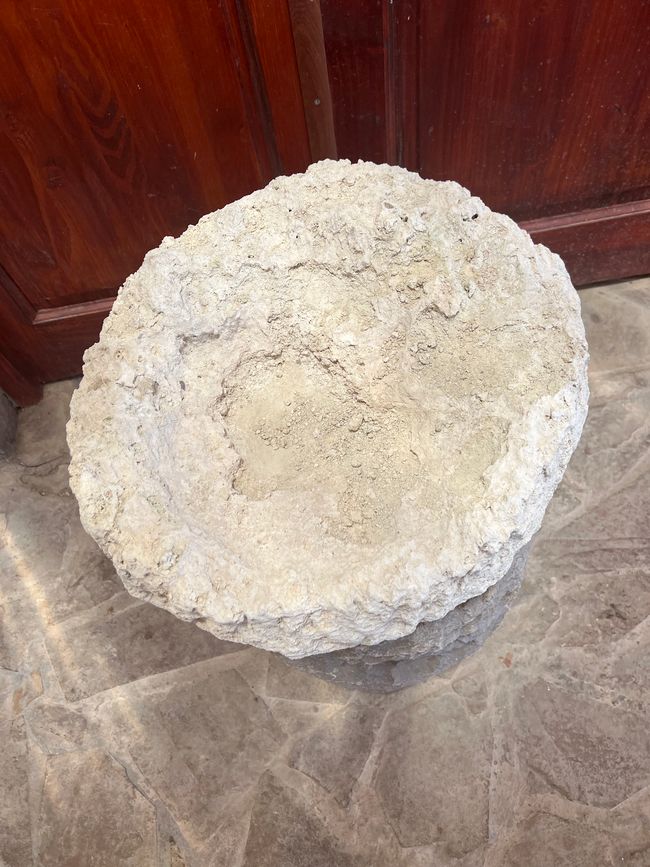
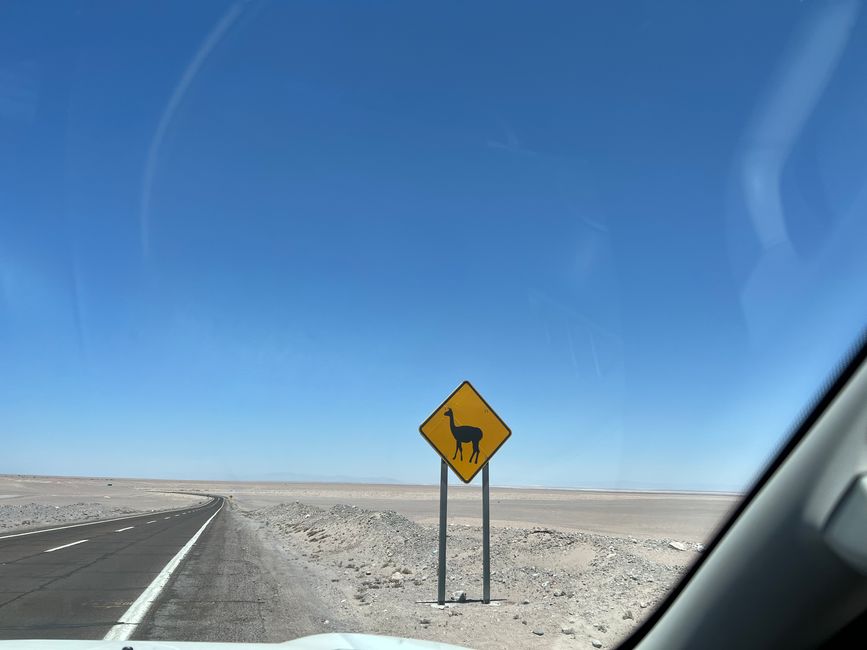


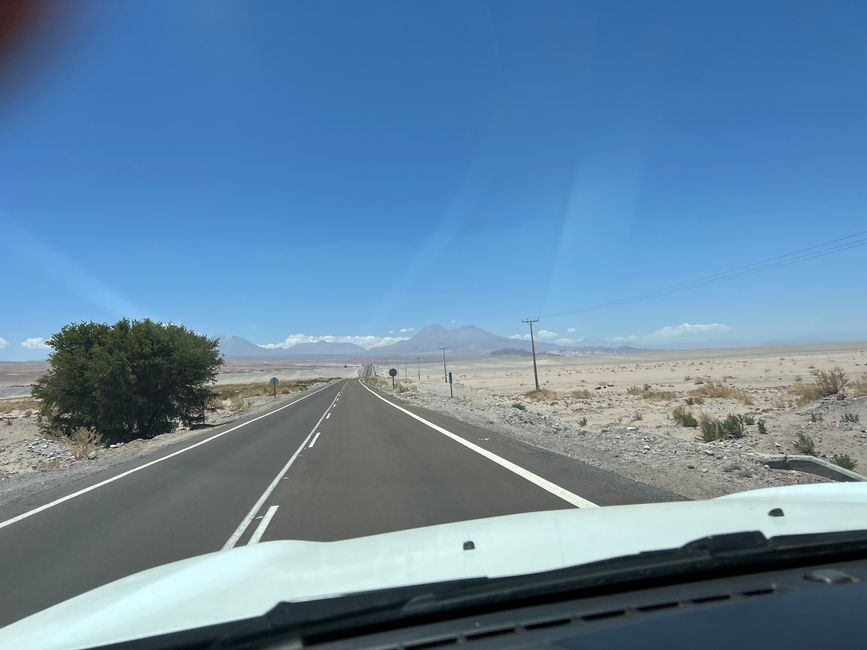
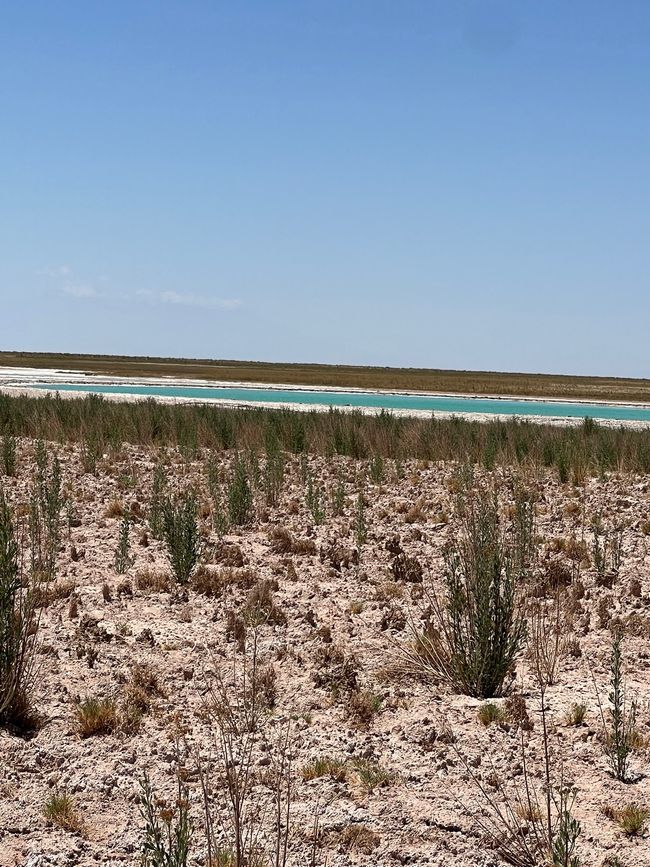
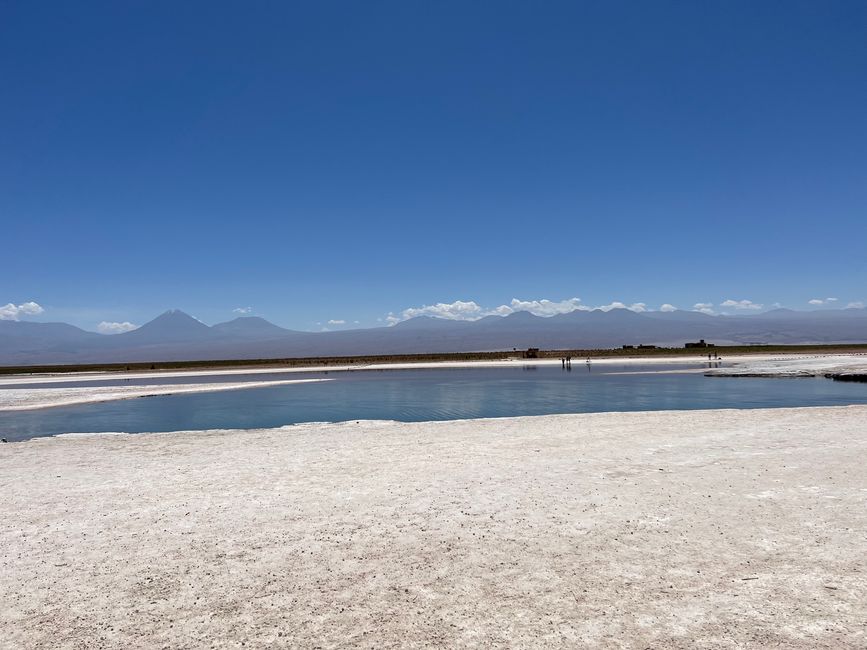
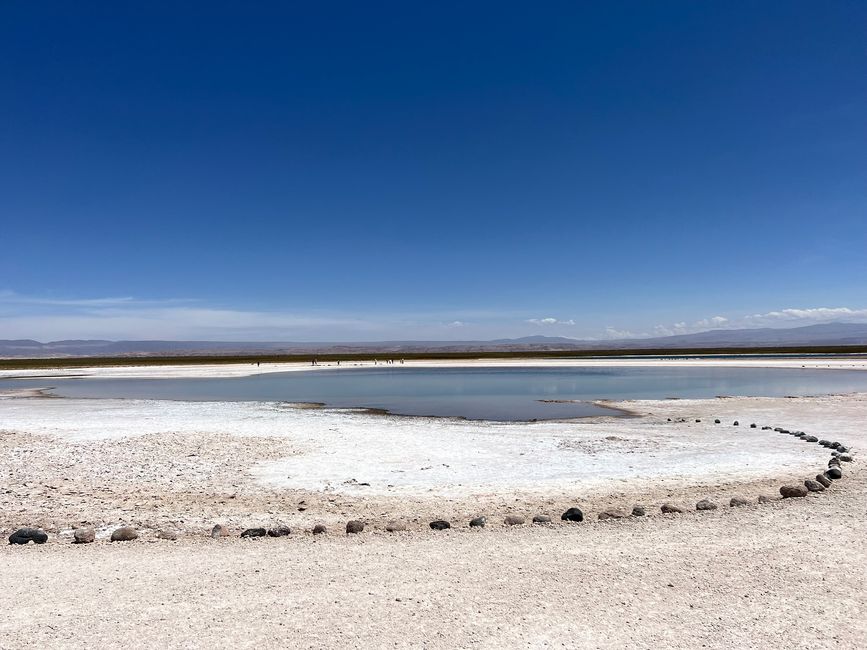
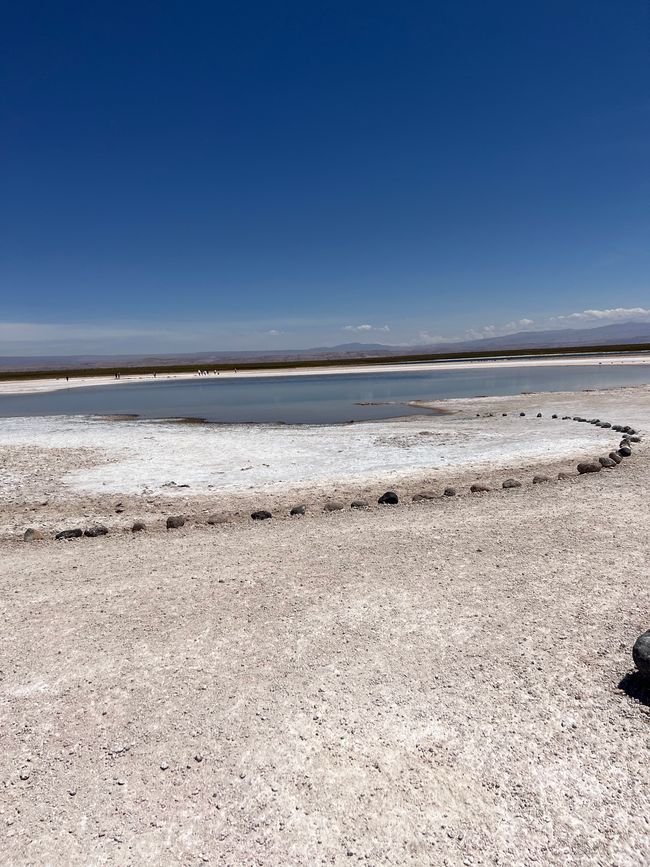
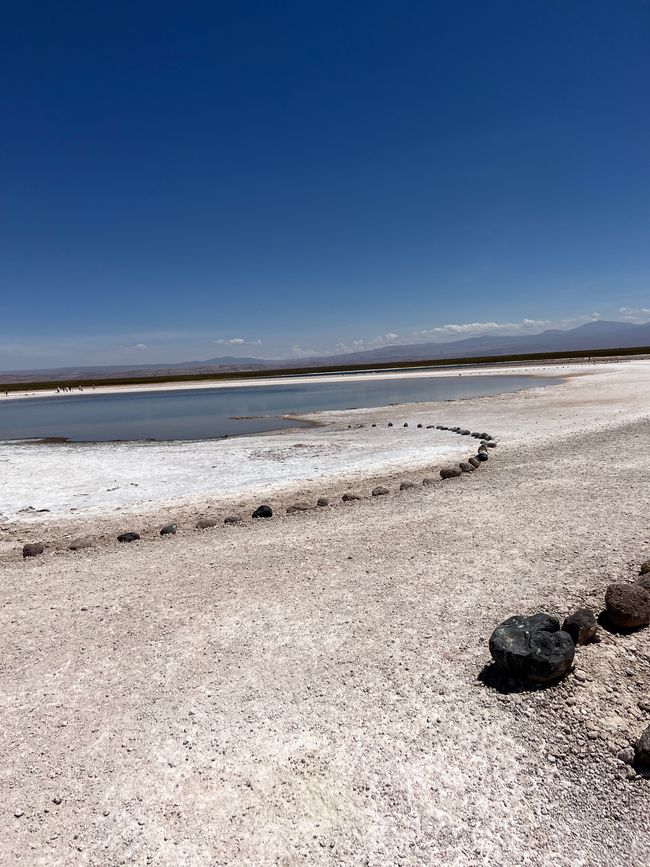
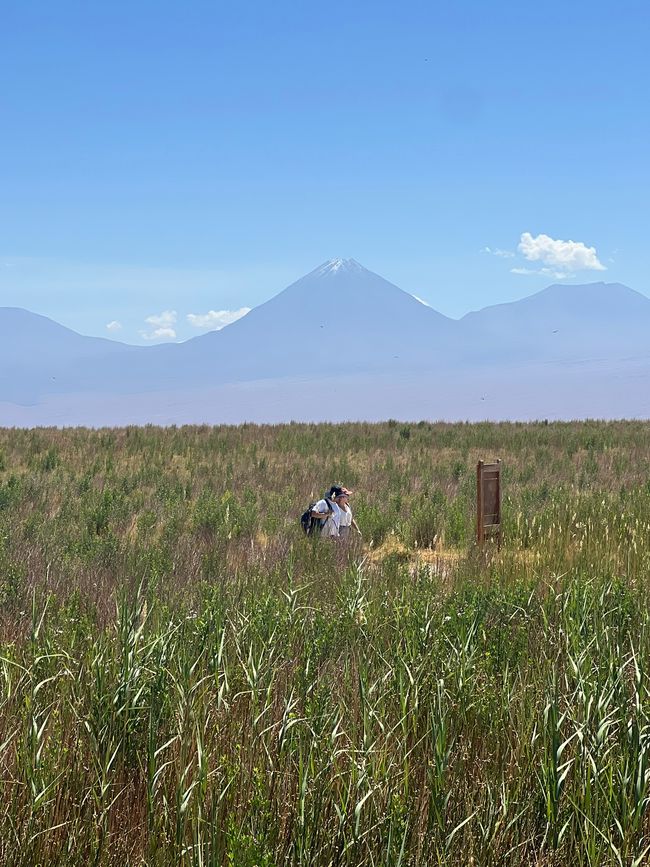
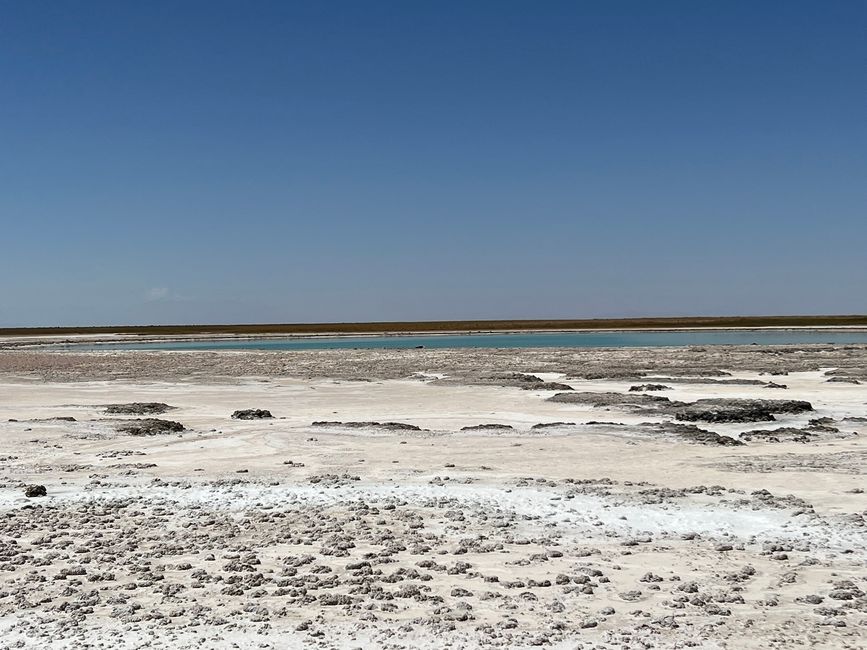
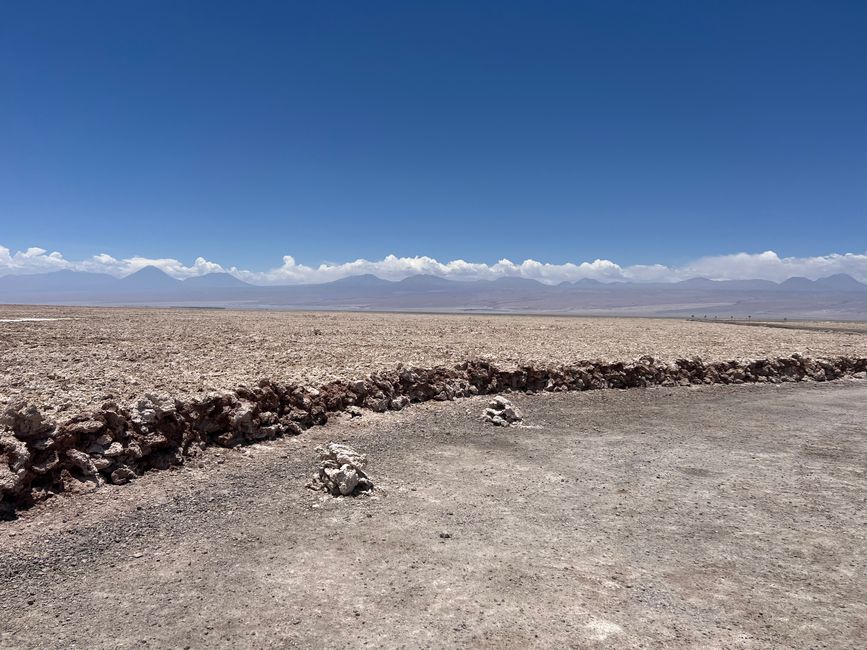
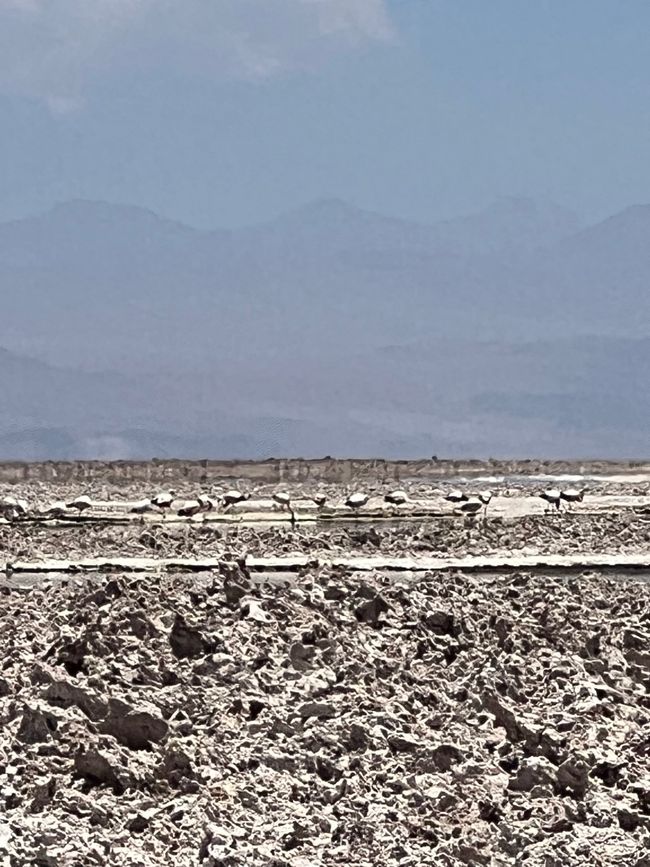
In the region of the Atacama salt flat, over the past 100,000 years, there have been a total of 4 times when lakes formed and then dried up, leaving behind sediment. According to Wikipedia, around 200 million cubic meters of water arrive in the salt flat every year from the Andes or from rainfall. Some of this water is used for agriculture, while the rest evaporates. Some of the underground water from the Andes rises to the surface and creates the lagoons that we visited today. A ranger showed us a flamingo nest (see photo) and their food, as the lagoons contain krill (see photo).
In the salt flats that we saw today, there is lithium. 40% of the world's lithium demand comes from this salt flat, and Chile is known as the Saudi Arabia of lithium. However, extracting lithium from the salt requires massive amounts of water, which is criticized by the indigenous people who live here because it uses "their" water.
Over the past 100,000 years, there have been 4 different times when large lakes formed here and then evaporated again. About 200 million cubic meters of water are added each year from the Andes, both underground and surface water, as well as rare rainfall. This water then evaporates or creates the small lagoons that we visited today. The ranger showed us a pelican nest (see photo) and the food that is found in the lagoons (krill).
Lithium carbonate is found in the salt of the salt flats. 40% of the global demand for lithium comes from this salt flat, and other salt flats also have significant lithium reserves. Chile is therefore also known as the Saudi Arabia of lithium. The indigenous people of this region (see yesterday's post) view this extraction critically, as large amounts of water are needed to extract lithium from the salt, water that the indigenous people need for their lives and agriculture.
Përgjigju

